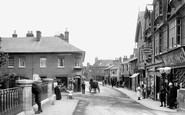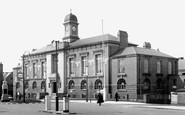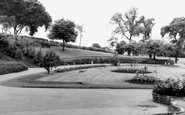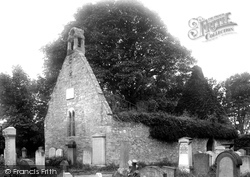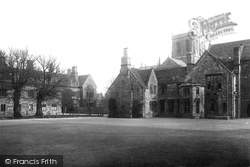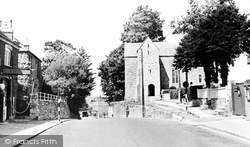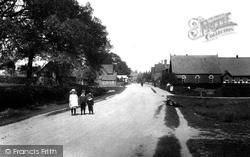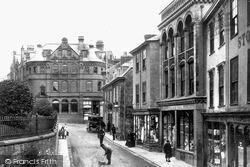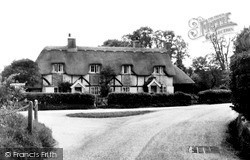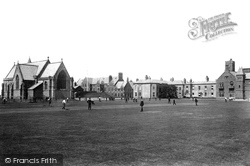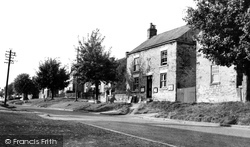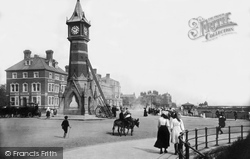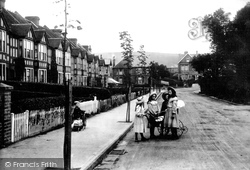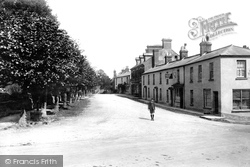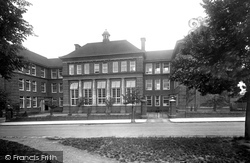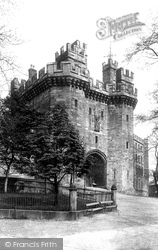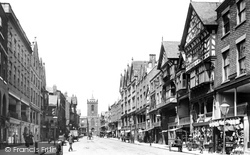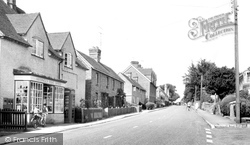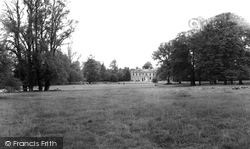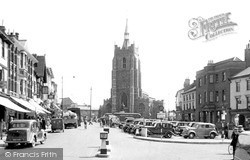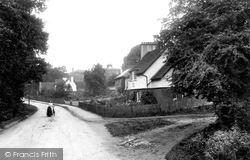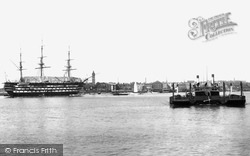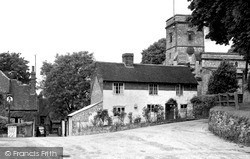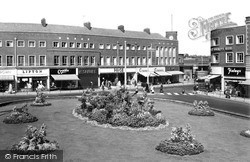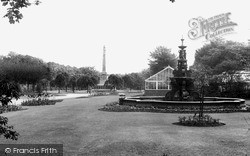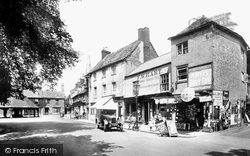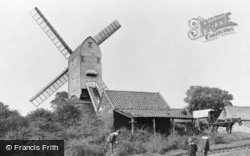Places
2 places found.
Those places high-lighted have photos. All locations may have maps, books and memories.
Photos
6 photos found. Showing results 301 to 6.
Maps
69 maps found.
Books
1 books found. Showing results 361 to 1.
Memories
3,878 memories found. Showing results 151 to 160.
Saturday Cinema
I was born in 1950 at my grandparents house on Quebec Street, in the Werneth/Westwood area. I lived in Limeside at 86, Pine Tree Road and attended Limehurst junior school and then went on to Hollins Secondary school. Saturday always saw ...Read more
A memory of Oldham by
Charlie Farley
Pupil at whittlebury in '60s.charlie/chaz langmead. Played guitar, not well. Formed trio and played at old boys reunion in the gym. Also famous for smashing up dunlop bus at silverstone and getting 8 lashings and detention for a term. ...Read more
A memory of Whittlebury by
Family Connections.
The lady standing on the bridge is my great grandmother Hannah Elton nee Churchill and the small boy her grandson, Cecil Henry Stickland, my uncle. He became the verger at Christchurch Priory. Hannah lived with her husband ...Read more
A memory of Wimborne Minster by
Wartime Memories.
The roof of the Town Hall was set alight by incendiary bombs in the heavy air-raids on Manchester and surrouding areas in late December 1940. I remember seeing it, being a young boy at the time. Sale is about six miles from Manchester centre.
A memory of Sale
Coronation
A party was held on Riverhall street to celebrate the Queens Coronation. It poured down with rain and the girls went somewhere under cover, I think the boys stayed in the rain. Played many games and took part in races. My sister was a ...Read more
A memory of Wandsworth in 1953 by
Edenhurst Preparatory School
Does anybody remember Edenhurst Preparatory School in Crowther Road? It was a private infants and primary school and I, Paul Evans, was there from the age of about 5 to 8 years. This was back in the early 1950s. It ...Read more
A memory of Tettenhall by
Fond Memories Rosalind Arnold
I also went to the Saturday Matinee at the Odeon when I was a child I just loved it. I also went ballroom dancing upstairs and it was fun but not when my feet got trodden on. My school was Bulstrode Secondary Modern I ...Read more
A memory of Hounslow by
Eric Galley
My father, a post office engineer, was transferred from Stoke Newington to the Larkswood exchange in 1936. I was seven years old when we moved to 49, Malvern Avenue. I first attended Thorpe Hall school, then later Selwyn Avenue junior ...Read more
A memory of Highams Park by
Web Page
I loved my school days at Stonefield School.when it was girls.then boys arrived and that made a lot of difference,fun none the less. I can still remember the school song that we had to learn when we first started.in fact I often sing it to ...Read more
A memory of Bilston by
Life Without Love
I’m Don Spencer. I entered homeleigh orphanage in 1954 at the age of 7. After a period in reception, I was transferred to home 10, a house for boys, run by miss Shaw as our mother. A ginger haired bad tempered woman, who took ...Read more
A memory of Horncastle by
Captions
516 captions found. Showing results 361 to 384.
Robert Burns played in this churchyard as a boy, and the popular legends about hauntings and the ghostly atmosphere of the roofless ruin affected him deeply.
Until the mid-19th century, the building was a private house but it became school property in 1851 and was converted into boys' studies for School House.
Next door is early 19th- century No.77, and the trees screen Elm House which was Albert Edward Skewes's academy for boys.
Three carefully posed children standing on one side of the road contrast with two other boys stretched out on the opposite verge.
A street cleaner works below the church wall, while a boy seems interested in William Box's grocery, wine and spirit shop; two ladies approach Russell and Co's drapery shop next door.
They took over the existing St Mary's College, transforming it into a leading Roman Catholic public school for boys, which eventually closed in 1999.
Zenon Vantini, the first manager of the North Euston Hotel, backed by the Rev John St Vincent Beechey, put forward the idea of a boarding school for boys, and by 1904 the school was flourishing, despite
Boys used to arrive on the railway located down Old Station Road behind the photographer. The village shop seen here dates from 1856.
A barefoot boy with a stick guides two donkeys back to their stand on the pullover.
These small boys and girls can have had no idea how these quiet roads, with their trim family homes, would have been ravaged within the coming century by the effects of modern development.
Note the refreshment rooms (now a house) on the right, and the boy in shorts in the centre of the photograph.
This palatial neo-Georgian building was opened in 1913 as the boys' Grammar School, in the right part of the building, and the girls' High School on the left.
Being on the far side of the Lancaster Canal from the centre, the school was considered to be out in the country, and the air was good for the boys.
When enlarged, this photograph reveals that a couple of the boys in the street are bare-footed.
The boy on his bicycle is probably calculating to see if his pocket money would be enough to buy the latest toy on display in the window.
The picture shows the property in its present use as a private school for boys and girls.
The two hanging signs on the left are for the Black Boy, where King George VI lunched during the Second World War. On the right are the Ideal Fish Restaurant, Lloyds Bank and Joy's fashions.
The boys' half of the school moved to Wormley in 1867, taking on its new name. The girls' school relocated here in 1952.
In 1862 she became a boys' training ship, a role she fulfilled until 1906 when she was sent for breaking up.
Many people visit the Black Boy Inn, which has expansive views northwards across the vale towards North Marston.
In the centre of the Market Place, a busy intersection even before cars were invented, was the Toll Booth (demolished 1857) and the Boy and Barrel Inn (removed 1898).
Beyond it can be seen Widnes's war memorial which lists 818 men from the town who died in the First World War, the youngest a boy aged only 15.
Hart and Smith next to each other seem to sell just about everything anyone could want - postcards, wooden hoops, newspapers, parasols, toys and groceries.
A man and a two-wheeled horse and cart and the boys in the foreground wait patiently for the photographer to complete his record. The mill ceased work in 1912, and was accidentally burnt down in 1921.
Places (2)
Photos (6)
Memories (3878)
Books (1)
Maps (69)



